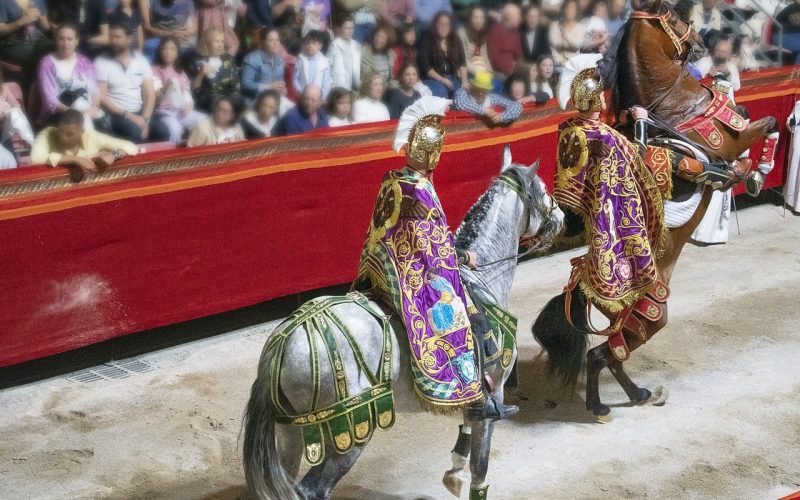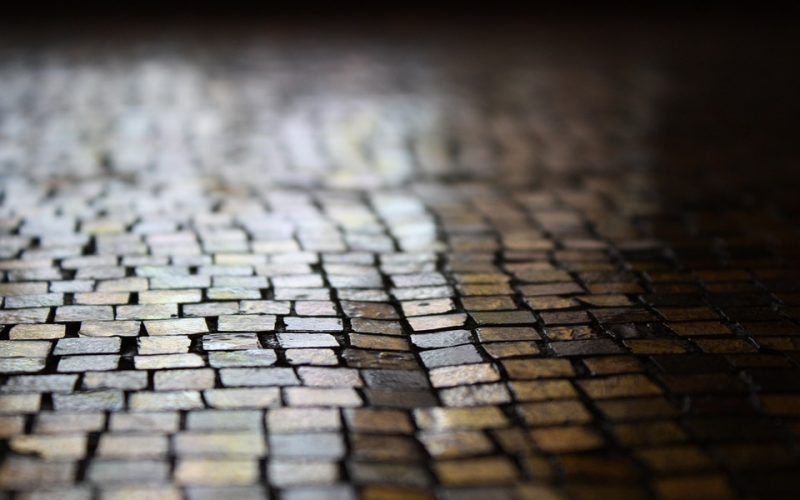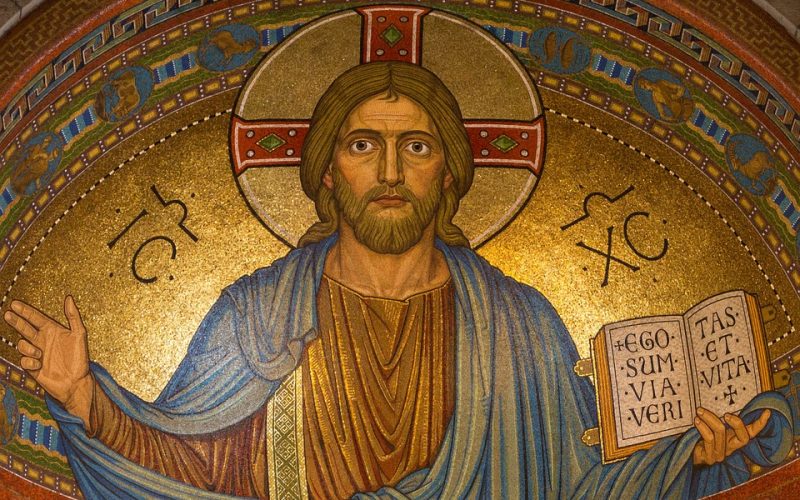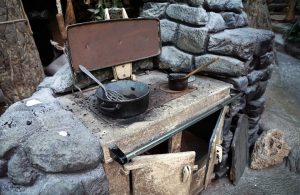The ancient Romans were masterful artisans, known for their exquisite pottery and ceramic work. Among their many artistic contributions, ceramics stood out not only for their beauty but also for their function as historical records. These artefacts offer a glimpse into the past, depicting significant events and everyday life in the Roman Empire.
Roman ceramics as historical recorders
The Romans utilised ceramics as more than mere decorative objects or functional wares; they served as a medium to narrate the stories of their time. From grand political events to cultural practices, these ceramics captured a wide array of scenes, providing modern historians with invaluable insights into Roman society. The durability of ceramics allowed these visual narratives to survive through the centuries, preserving the rich tapestry of Roman life for future generations to decipher.
The depiction of political and military conquests
One prominent theme often depicted in Roman ceramics was their military triumphs and political achievements. Ceramics were adorned with scenes showcasing the might and victories of the Roman legions, celebrating the empire's conquests across Europe, Africa, and Asia. These depictions served not only as propaganda tools but also as a means to reinforce the emperor's power and influence over the populace. The detailed imagery on pottery pieces helped convey the glory and strength of Rome, ensuring these achievements were immortalised in art.
Everyday life and cultural practices
Beyond the grandiose tales of war and conquest, Roman ceramics also captured the essence of everyday life. Pottery pieces illustrated scenes of domestic routines, trade, agriculture, and entertainment. These depictions provided valuable insights into how the average Roman lived, worked, and played. By examining the intricate details of these ceramics, historians have been able to reconstruct elements of Roman social structures, economic activities, and cultural practices, painting a comprehensive picture of life in ancient Rome.
Religious and mythological motifs
Roman ceramics were rich with religious and mythological imagery as well. The Romans were deeply connected to their pantheon of gods and goddesses, and this connection was reflected in their art. Many pottery pieces featured depictions of mythological tales and divine figures, serving as both decorative elements and instructional tools for teaching and reinforcing religious beliefs. The inclusion of these motifs underscored the significance of religion in Roman society and its influence on daily life and artistic expression.
The evolution of ceramic techniques and styles
The artistry involved in producing Roman ceramics evolved over time, reflecting the empire's changing tastes and influences. Initially drawing from Etruscan and Greek styles, Roman potters eventually developed their own unique techniques and designs. The introduction of the potter's wheel and advancements in kiln technology allowed for more intricate and diverse creations. From the delicate terra sigillata ware to the robust amphorae used for storage and transport, Roman ceramics showcased a wide range of styles and forms that catered to various purposes and tastes.
Legacy and influence of Roman ceramics
The legacy of Roman ceramics extends far beyond their historical context. These artefacts have not only enriched our understanding of the Roman Empire but have also influenced subsequent generations of artists and craftsmen. The techniques and motifs developed by Roman potters have been adopted and adapted throughout history, leaving an indelible mark on the world of ceramics. Today, museums and collections around the globe preserve these treasures, allowing us to appreciate the artistic prowess and historical significance of Roman ceramics.
Roman ceramics serve as a testament to the creativity and ingenuity of ancient Roman artisans. Through their intricate designs and depictions, these artefacts provide a window into the past, illuminating the events, values, and daily life of one of history's most influential civilisations. Whether as vessels of artistic expression or as chronicles of history, Roman ceramics continue to captivate and educate, bridging the gap between antiquity and the present day.

















